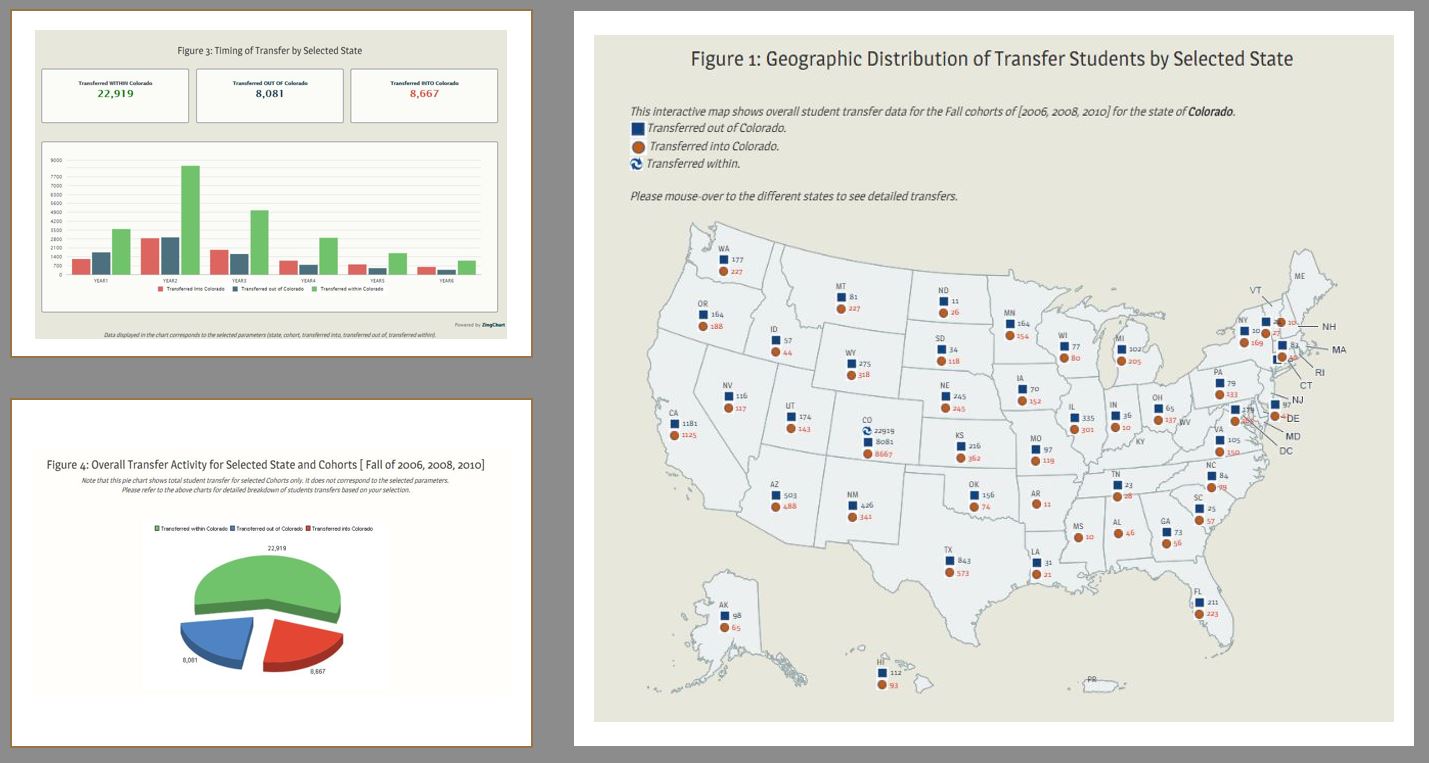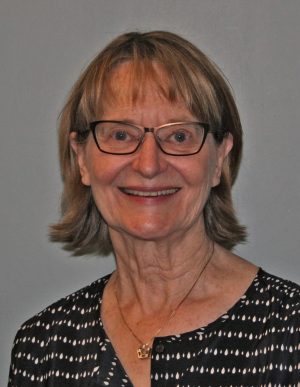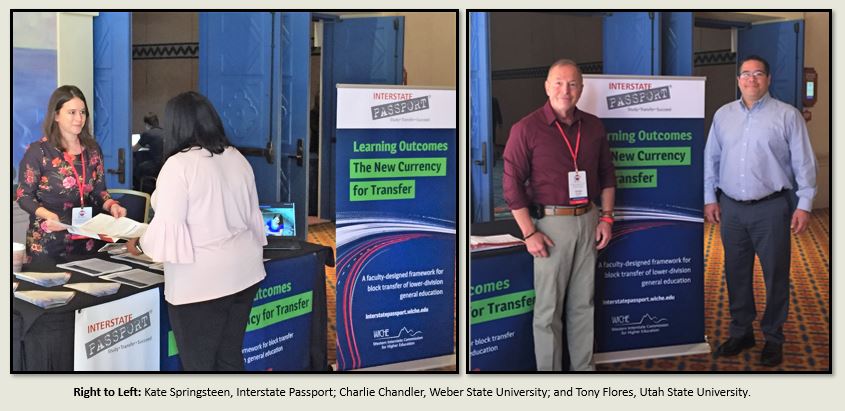By Jane Sherman, passport state coordinator
Of the 10 states with Interstate Passport Network member institutions, two have included all public colleges and universities as Network members from the beginning, and one is working toward that status now. How and why did those two states each decide to join en bloc? Why is the third contemplating that step now? And how is that different from individual institutions’ motivation to join the Network?
The primary characteristic that Utah and South Dakota had in common prior to the introduction of Interstate Passport was the extensive work their faculties had accomplished in defining a fully-transferrable, common, lower-division general education core across both two- and four-year institutions. Both efforts had been led by the state-level higher education board or commission, and both had involved close attention to the student learning outcomes that were expected in general education and, therefore, in the common courses.
Even though both systems relied on common courses, rather than on learning outcomes alone, it was important that learning outcomes had been articulated at both the program and course level. That meant that a comparison between the statewide lower-division general education outcomes and those of Interstate Passport was easily accomplished and the similarities were readily apparent. Utah then simply adopted each institution’s general education core as that institution’s Interstate Passport Block. South Dakota, in a slightly different process, adopted a statewide Passport Block based on the common subset of courses that all of its institutions offered in their general education core in their catalog of common courses.
Each of the two states also had a singular characteristic that oriented it toward Network membership. According to Teddi Safman, assistant commissioner for academic affairs (ret.), Utah has long been a leader in student learning outcome-based initiatives. For example, it was an early LEAP state and has done significant work on Degree Qualifications Profiles. Faculty members from all of its institutions have been meeting in discipline-based groups for many years to build common understanding about learning outcomes. According to Dr. Safman, “When faculty members from different institutions get together, magic happens.” Utah institutions and faculties were intrigued by seeing practical applications of their work on agreed upon learning outcomes that would further benefit students.
South Dakota is one of the states in the middle of the country whose population of high school graduates is not growing. Paul Turman, system vice president for academic affairs at the SD Board of Regents at the time, and new chancellor of the Nebraska State College System, explained that South Dakota institutions would like to draw more students from neighboring states, and making transfer more efficient and cost-effective was an attractive opportunity. Dr. Turman noted that some faculty members were initially concerned that joining Interstate Passport would mean allowing it to dictate South Dakota’s general education program, but those fears were quickly allayed.
In the end, in both cases the institutions did not see Interstate Passport in any way as disruptive within the state and were willing to forego the minimal autonomy each maintained over potential transfer students arriving from out-of-state Network members. In exchange, their students who might transfer to out-of-state Network members would benefit, and the institutions would enjoy an advantage in recruiting students from out-of-state Network institutions. Both Dr. Safman and Dr. Turman emphasized that while trusted leadership at the state level was helpful, early and continuous involvement of faculty was the critical element of the process.
The third state, currently working toward statewide adoption, is in a very different position. Its primary incentive is very much the lack of a truly effective common core with slight, but protectively guarded, variations among institutions and between sectors. A certain lack of trust between sectors also plays a role, as it does in so many states. However, the goodwill and perseverance among all of the higher education leaders has brought this state close to the point of fully recognizing that the learning outcomes approach of Interstate Passport can be their lifeline out of the maze. Courses and credits do not need to be an exact match as long as there is agreement about what students are expected to learn in a lower-division general education program. And Interstate Passport’s feedback tracking system will show whether the sending institutions are, indeed, adequately preparing the students they send on to other institutions.
In other words, both internal consistency and internal disarray can be powerful incentives for a state as a whole to turn to the opportunities offered by Interstate Passport membership.
On the other hand, seven states have started with only two, or even one institution as Network members. In most of these cases a visionary leader has recognized the opportunity that Interstate Passport offers to solve a challenge the institution is facing or to help move the institution toward a desired goal. One or two institutions in a state can act as a pilot leading the way for partner schools to follow, especially if multiple articulation agreements have resulted in overly complicated arrangements.
Some of the challenges that leaders say have drawn them to Interstate Passport Network membership include:
“We have performance funding that’s partly based on post-transfer completions and we’re interested in anything that might help.”
“We are a community college right across the state border from a university that’s much more convenient for our students.”
“Our legislature has mandated our comprehensive universities increase their transfer enrollments – we think the Interstate Passport might help.”
“We want to focus more on learning outcomes to get ready for our upcoming accreditation review.”
“Our state sends a lot of transfer students out of state, and we want them to have a better transfer experience.”
“Our statewide learning outcomes are pretty general and not well used – Interstate Passport could help us take it to the next level.”
“Our statewide course equivalency system is out of date and inhibits innovation – there must be something better.”
“We are a LEAP state (or institution) and would like to take practical steps in using the LEAP learning outcomes.”
“We have a legislative mandate to ‘fix’ transfer, but don’t want to standardize our courses.”
“We attract students from a neighboring state – but would like to attract a lot more.”
In other words, the initial motivation of individual institutions and their leaders is nearly as diverse as the number of institutions. And, we’re eager to hear more about how Interstate Passport has solved institutional or state challenges as additional members join the Network.






